
In May 2017, Left politics in Brazil were pretty bleak. It was almost a year after the impeachment of President Dilma Rousseff of the Brazilian Workers Party (PT), whose ousting from power brought along with it an onslaught of austerity policies.2

In May 2017, Left politics in Brazil were pretty bleak. It was almost a year after the impeachment of President Dilma Rousseff of the Brazilian Workers Party (PT), whose ousting from power brought along with it an onslaught of austerity policies.2
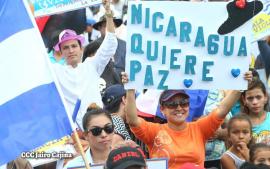 Translated from Spanish by Fred Murphy
Translated from Spanish by Fred Murphy
Writing about Nicaragua is as painful and sad as it is indispensable. Memories of the Sandinista Revolution are still alive for the generation that lived through it. To remain silent would be an affront to those who took part in that memorable insurrection against Somoza.
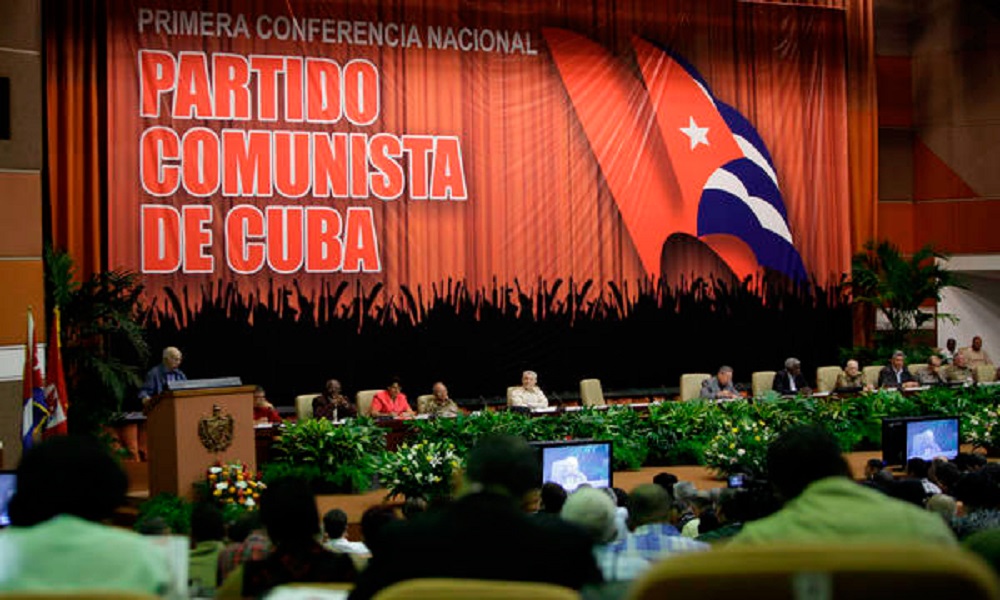
I. Since, at the end of 2007, Raúl Castro called for a broad national debate, ten years have passed. It was a kind of "social catharsis" of all the problems of the country. This fact can be marked as the beginning of a transformation process that has affected all the spaces of economic, political, social and subjective life in Cuba.
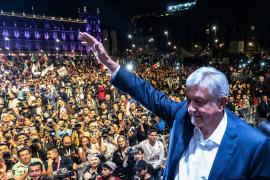
The leftist candidate Andres Manuel López Obrador, has been carried to victory in the Mexican presidential election by an enormous popular outpouring of voters hoping to improve their lives and those of their fellow citizens. Promising to drive out the political mafia that runs the country, to end the pervasive corruption in government, and to bring an end to the violence that in the last dozen years has taken more than 250,000 lives, AMLO, the left’s perennial candidate, won such a decisive victory this time that the Mexican establishment finally had to recognize his achievement.
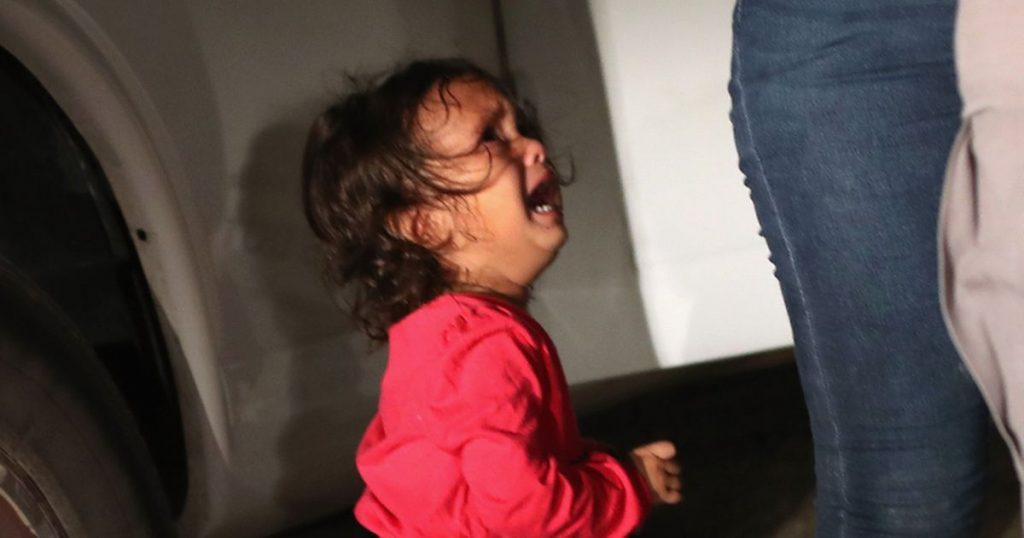
2,342 refugee and migrant children were kidnapped at the hands of the state at the US-Mexico border between May and June. Attorney General Jeff Sessions announced a zero tolerance policy that separated mainly Central American refugee children from their parents, as migrant adults were criminally prosecuted with many thrown into federal prisons. Hundreds are toddlers under the age of 4 or even babies as young as 4 months old. The average age of the children is 8. The regime also lied and said that parents who asked for asylum at regular border crossings would not be separated from their children while they did exactly that.
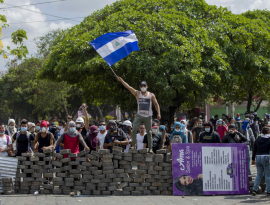
At this moment, the government of President Daniel Ortega and his party, the Sandinista Front for National Liberation (FSLN or Sandinistas), face a popular rebellion from below on a national scale. We look here at the origins of this rebellion, at the alternatives facing it, and at the responsibilities of those of us in the United States toward the people of Nicaragua.
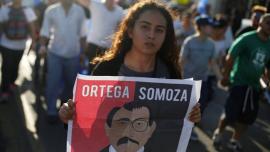 The popular rebellion against the dictatorial government of Daniel Ortega, four-time president of Nicaragua, has been going on now for more than a month. And the Ortega government has continued its violent repression. In the last 47 days, it is reported that 104 people have been killed, while some have been arrested or tortured and others have gone missing. In one of the most atrocious events, government snipers fired on the May 30 “Mothers March” led by mothers mourning the murder of their children. Fifteen marchers were killed and scores wounded.
The popular rebellion against the dictatorial government of Daniel Ortega, four-time president of Nicaragua, has been going on now for more than a month. And the Ortega government has continued its violent repression. In the last 47 days, it is reported that 104 people have been killed, while some have been arrested or tortured and others have gone missing. In one of the most atrocious events, government snipers fired on the May 30 “Mothers March” led by mothers mourning the murder of their children. Fifteen marchers were killed and scores wounded.
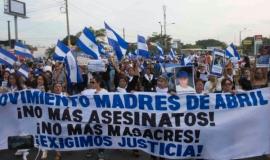
Canadian internationalist feminist Lori Hanson, who has been working in solidarity with rural Nicaraguans for more than 30 years, has just returned from Nicaragua. Jack Hicks interviewed her for New Socialist. Together, they crafted this piece based on the interview and an article Lori previously wrote for the Greek newspaper, AlterThess. The analysis of an emerging movement in Nicaragua is a work in progress for Lori, who continues to work with Nicaraguans on the deeper meaning of a 44 day-long uprising and the state violence that has accompanied it in April and May, 2018.
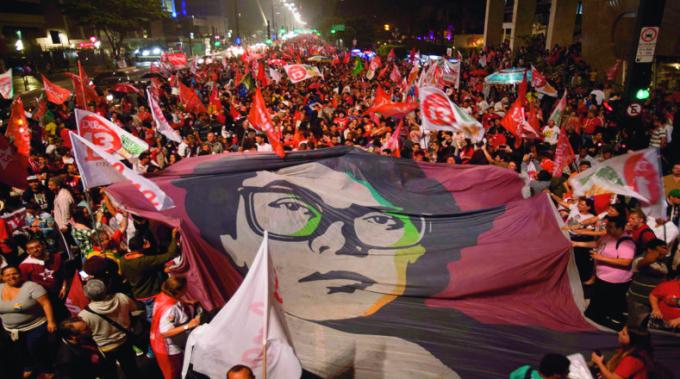
Brazilian socialist Andressa Alegre spoke to Solidarity about the experience with the governments led by the Brazilian Workers’ Party (PT) between 2003 and 2016.
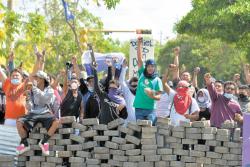
The upheaval in Nicaragua that lasted from April 18 to April 21 and the repression that reportedly left 63 dead, 15 missing and 160 injured by gunfire, have both subsided for the moment. The protests halted after President Daniel Ortega announced the cancellation of his proposed changes in the social security pension law. Photographers were among those beaten. Other human rights centers and the Jesuit University of Central America in Managua as well as Nicaraguan newspaper accounts and discussions with people in Managua confirm many of these deaths and injuries.
Since April 22 Nicaraguans have participated in numerous marches, some raising the call for “Peace and Justice,” and many of the participants carrying placards calling upon President Ortega and his vice-president and wife Rosario Murillo to resign. On April 26 an enormous pilgrimage of tens of thousands called for peace and negotiation organized by the Catholic Church.
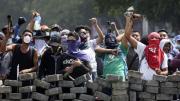
The government of former revolutionary and Nicaraguan president Daniel Ortega has in the last few days killed at least 24 protestors who were demonstrating against sudden and drastic alterations in a new pension law, changes that would have adversely affected the incomes and lives of tens of thousands. Some 200 were arrested and 20 are missing, according to the National Human Rights Commission. Other protestors, many of them university students, were beaten by the police or by goons armed with pipes sent by President Ortega’s party, the Sandinista Front for the Liberation of Nicaragua (FSLN).

Collapsing wages, food shortages, and rampant inflation have led to growing hunger and desperation in Venezuela. Recent videos illustrate just how desperate the situation has become, as hungry people chase down livestock in the fields to butcher it for its meat, or skin dogs and cats on the streets of Caracas. Violent food-related protests have erupted in various cities around the country, and the looting of grocery stores is becoming more and more widespread. Meanwhile, thousands of Venezuelans are flooding across the borders into neighboring countries.
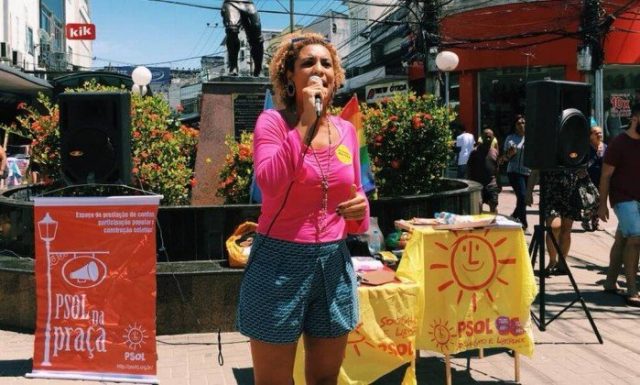
On 14 March, Marielle Franco, a city councillor in Rio de Janeiro, Brazil, of the Socialism and Freedom Party, was assassinated. In a piece originally published on the website of the Brazilian New Socialist Organisation (NOS) and republished here from the website Esquerda Online, Giambatista Brito argues that her death marked a new low in the country’s descent into political repression following the coup d’état of 2015. Translation by Max Leak.
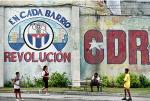
A civil society emerges, mainly, due to citizens’ need to actively involve themselves in the public sphere in order to address processes that impact their daily lives and affect their interests. At the heart of civil society, various social actors, with sometimes remarkable differences, group themselves around common issues that affect or interest all of them. Therefore, civil society is plural, characterized by the spontaneous organization of citizens and based on logics of autonomy, solidarity, and representation of specific identities; it is aimed at addressing collective demands, exploring solutions to issues that affect a given community, and having an impact in the public sphere.
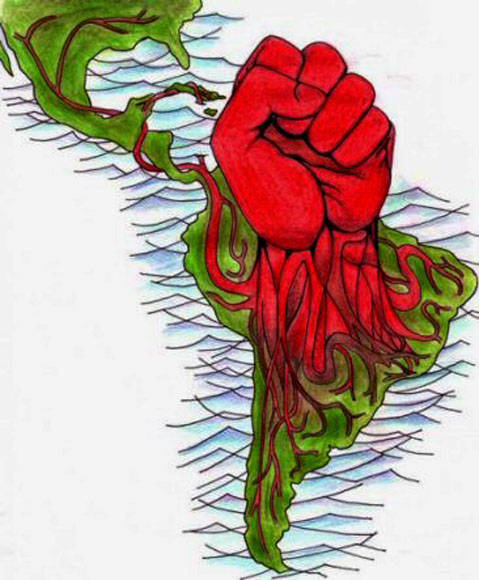
This is an excerpt from Webber's article From Nuestra América to Abya Yala: Notes on Imperialism and Anti-imperialism in Latin America across Centuries in the newest issue of Viewpoint.
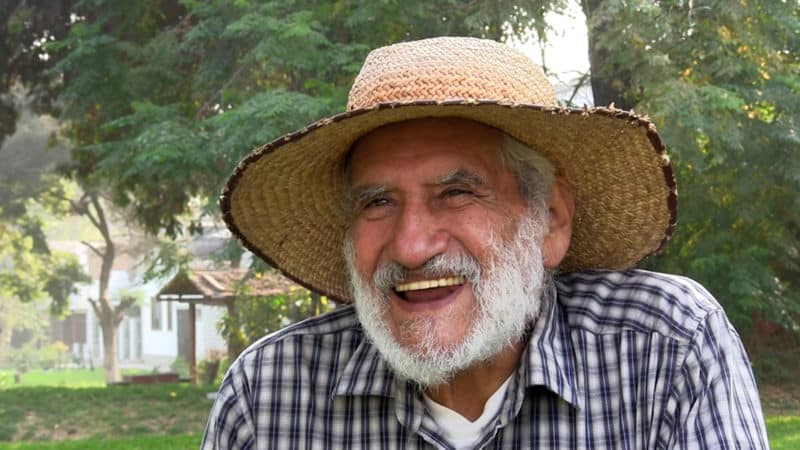
On a gray Saturday afternoon in Lima, Peru, this past April, I received a phone call from Hugo Blanco, veteran guerilla and survivor of multiple death sentences. “You wanted to talk?” he asked. “Come over now.” An hour later, after a ride through the city’s torturous streets, I was in the plaza in front of his house, an unpretentious single-level in a middle-class neighborhood north of the colonial center. I knocked and collected myself; I hadn’t actually expected him to respond to my request.
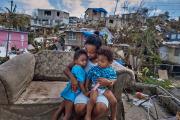 Isolating the situation of Puerto Rico is one of the mechanisms used to seek acceptance of the austerity policies that are now being imposed on the Island.(1) If the crisis is seen as the result of actions by Puerto Ricans or their government — if the responsibility lies, exclusively or fundamentally, in Puerto Rico — then it is logical that it bears the consequences of its own deeds or misdeeds, painful as they may be.
Isolating the situation of Puerto Rico is one of the mechanisms used to seek acceptance of the austerity policies that are now being imposed on the Island.(1) If the crisis is seen as the result of actions by Puerto Ricans or their government — if the responsibility lies, exclusively or fundamentally, in Puerto Rico — then it is logical that it bears the consequences of its own deeds or misdeeds, painful as they may be.

Mexicans, worse off than at any time in the last 100 years, are asking themselves as the July 2018 elections approach: Can Mexico change? Can an election change Mexico?
Mexico is a disaster. It has become increasingly violent, the economy grows too slowly to absorb the ever-expanding workforce, and wages are below those of China, though costs are more like those in the United States.
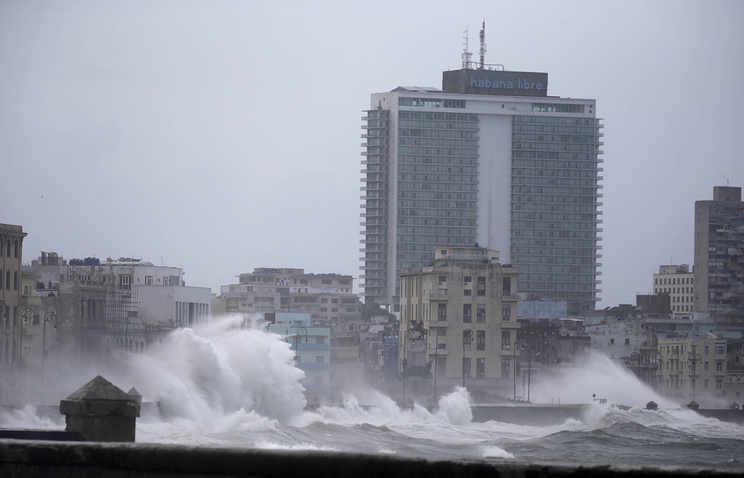
When the decorated “Hero of the Republic of Cuba,” General Ramón Espinosa Martín, rallied his forces in the province of Camagüey in September, it was against an enemy far more dangerous than those he had faced in the Escambray mountains in 1958 during the Cuban Revolution or even in Angola in 1975 resisting US and South African intervention. This enemy was nature itself.
 [1]Djuena Tikuna during her performance at the Teatro Amazonas. Image: screenshot, Jornalistas Livres (Youtube)
[1]Djuena Tikuna during her performance at the Teatro Amazonas. Image: screenshot, Jornalistas Livres (Youtube)On 23 August, Djuena Tikuna [2] became the first indigenous singer to perform on the stage of the Teatro Amazonas [3] (“Amazonas Theatre”) — a bastion of European culture in the middle of the world’s largest tropical forest.
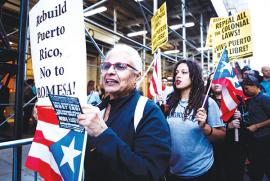 Dear Friends:
Dear Friends:
By now you have surely heard about the catastrophic impact of Hurricane María in Puerto Rico, as well as the slow and still inadequate response by U.S. federal agencies, such as FEMA.
A month after María, dozens of communities are still inaccessible by car or truck. Close to 90 percent of all homes lack electricity. Half lack running water. Many of Puerto Rico’s 3.2 million residents have difficulties obtaining drinking water. The death toll continues to rise due to lack of medical attention or materials (oxygen, dialysis) or from poisoning caused by unsafe water.